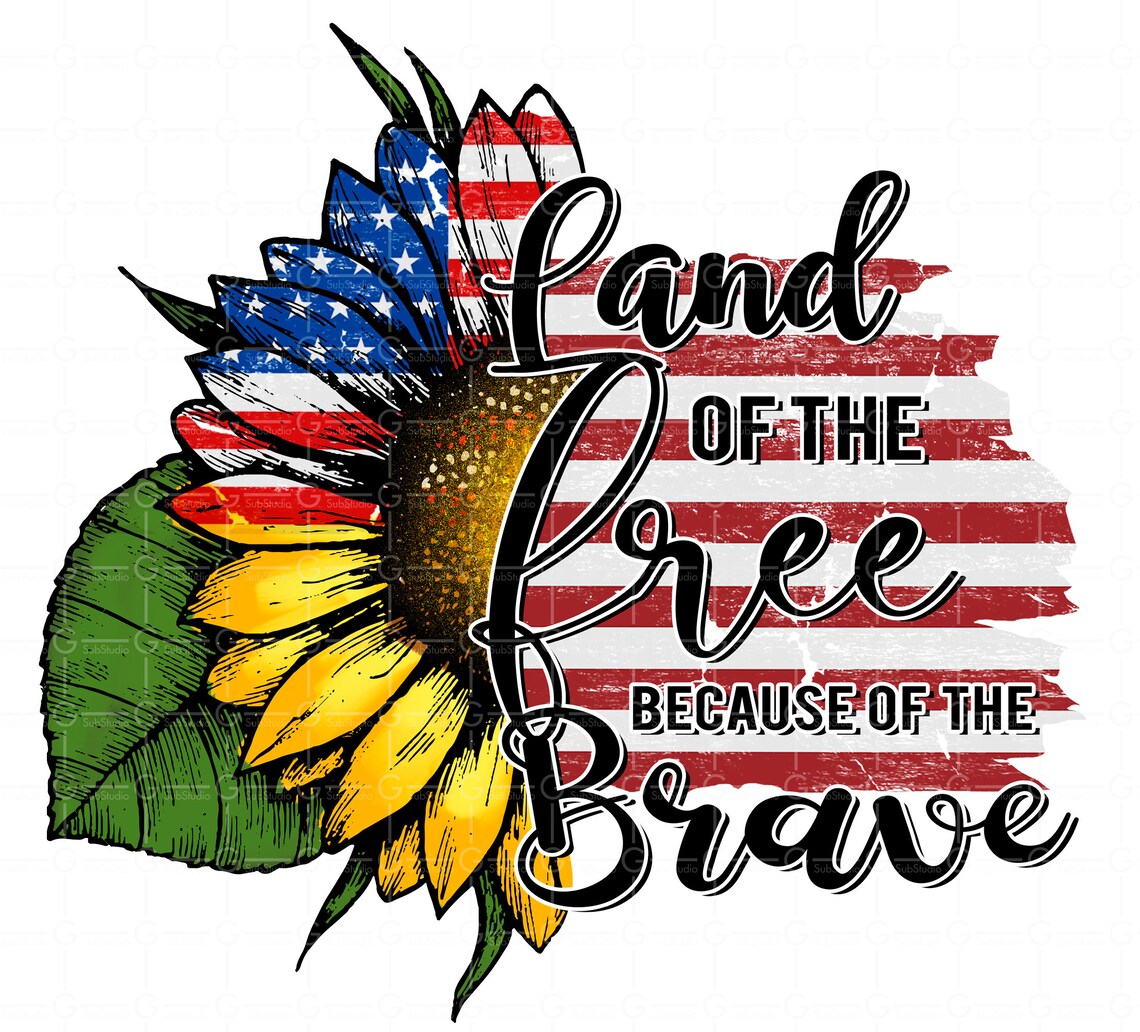
Compare two posters by graphic designer Pedram Harby. The police swiftly removed these installations, but their pictures persisted on social media platforms and even found their way into mainstream media.įor four decades, though, Iranian art’s defiance has been subdued. In response to an attack on demonstrators at Tehran’s Sharif University, two anonymous women artists animated trees in Daneshjoo (“University Student”) Park by hanging red nooses from branches. On October 7, an anonymous artist created “ Tehran in Blood,” dyeing fountains in important cultural centers red. In disguise, artists have placed slogans that challenge the country’s clerical leadership in an ironic twist, many parody the revolutionary slogans of the Islamic republic. In response to the current unrest, many have abandoned exhibition and performance for the “anonymous” expression of political views through graffiti and ephemeral installations. Most of these works were created by graphic designers and illustrators for social media platforms however, they represent only one of the diverse art forms being produced in contemporary Iran. Indeed, a single fighting girl is worth hundreds of thousands of them.” (images courtesy the artist, translated by Pamela Karimi)

The poster on the left reads: “Once my father realizes that you’ve slain me, he will seek revenge.” On the right: “This massive army is useless. Artist Meysam Azarzad‘s protest art uses phrases from the 11th-century epic Shahnameh (“Book of Kings”).

The portraits are juxtaposed with poetic lamentations over the death of a heroine, again in the style of Shahnameh. Appearing like saints, Nika Shahkarami and Sarina Esmailzadeh were both beaten to death during protests. The other posters draw our attention to the bravery of two 16-year-old girls. The couplet praises a hero, but the typical Shahnameh-style male hero’s name is replaced by “a fighting girl” ( dokht-e jangi). One poster shows a defenseless young woman raising her fist - unveiled - to rows of soldiers. The content of the texts appearing above the women strikes a chord with rhyming couplets from the 11th-century epic Shahnameh (“Book of Kings”) by the patriotic poet Abul-Qasem Ferdowsi. Juxtaposing bold black-and-white silhouettes of fighting and fallen young women with nationalistic poetry, Azarzad instead highlights their bravery in nationalistic terms. A filmmaker with university training in graphic design, Azarzad refutes any link to Iran’s revolutionary posters, especially those with religious iconography. Using red, white, and black, they also seem to align the recent uprising with the visual culture of other global revolutionary movements. Meysam Azarzad’s posters shared via Instagram seem to have borrowed from revolutionary themes of earlier years - found in both leftist and Islamist factions that helped overthrow the Shah’s regime in 1979.

Brave works with layered meanings, they appropriate concepts and imagery from earlier periods, especially those familiar to Iranians. Consider, for example, the work of dozens of Iranian artists - many of whom are women - who have been featured by Hyperallergic and the Guardian. Taken from #Baraye protest tweets, Hajipour utters the grievances and hopes of Iranians, with a final emphasis on “For Women, Life, Freedom,” the main slogan of recent protests.Īrt coming out of Iran (or by artists in the diaspora) has a radical and rebellious zeal, also evident in the visual arts. Shervin Hajipour’s song ( #Baray-e ), recorded in his room and posted on Instagram for limited followers, was shared more than 40 million times on social media platforms in just two days. Internet access remains limited as the government regulates its usage.Īmid these protests, artists have played an important role in bringing their message to the fore. Since then, civil unrest has grown in more than 80 Iranian cities, with calls for justice as well as personal and political liberties, not to mention hundreds of arrests and violence against protesters, especially young women.
#Home of the free because of the brave painting code#
Recent weeks have seen a surge of protest art in Iran, triggered by the tragic story of Mahsa Amini, a young woman killed on September 16 by the morality police for breaching the Islamic republic’s dress code for women.


 0 kommentar(er)
0 kommentar(er)
